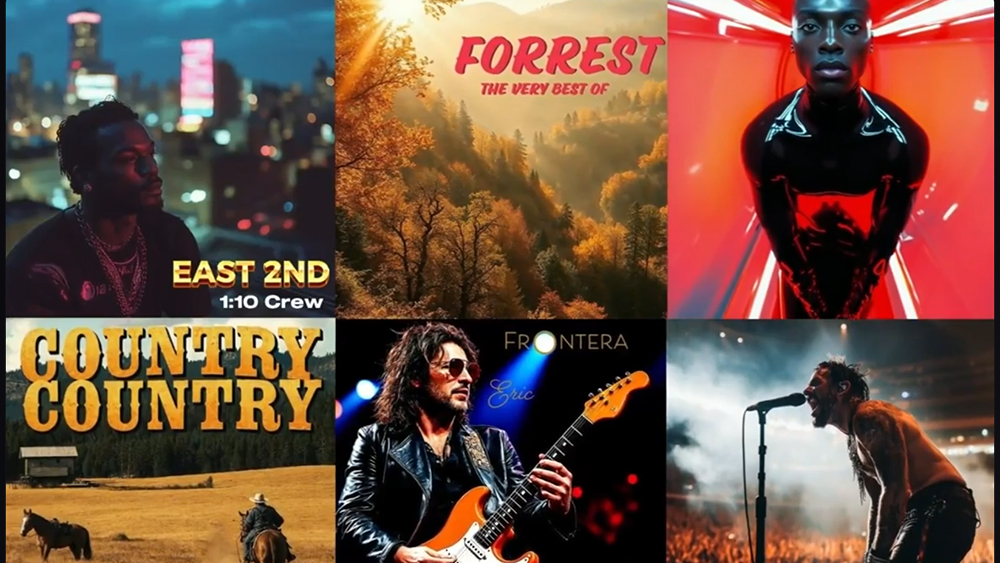
AI image generators and video tools are getting more niche. Leia Inc has just announced the addition of dedicated Apple Music exports in its Immersity AI tool, aiming to give musicians and labels a simple way to add motion and depth to 2D album art.
The tool uses generative AI to separate background and foreground elements and make them move separately. It create an uncanny effect, but the software developer is tapping into a trend that's taking off in online music stores, and Immersity AI's ease of use is likely to make the format even more popular.
Leia Inc notes that creating animated graphics would previously require a dedicated team and significant budget. Now its tool can turn a 2D image into a moving album cover in minutes. Users simply upload their album art to Immersity AI, input motion preferences with push-button presets, and then export. The export will be automatically formatted to Apple Music’s Album Motion specifications, including the required 3:4 and 1:1 images and blurred backgrounds.
While this might sound like it will be poaching some people's jobs, Leia suggests that the tool opens new opportunities for graphic designers and 3D artists working on album art to offer a new additional deliverable to their clients.
It's the second major new Immersity AI feature in 2024, following the launch addition of 2D-to-3D video conversion in June. The software, formerly LeiaPix, is built on a proprietary Neural Depth Engine with an algorithm that was trained on millions of exclusive 3D images, generated with Leia’s Neural Depth technology.

Fabio Esposito, CEO of Leia Inc, says: “Album covers set the scene for listeners, providing a glimpse into a piece’s mood or visionbefore you hit play. With Immersity AI, these covers go beyond static visuals, transforming into immersive, dynamic pieces that engage listeners in more than just the music.”
Leia suggests that "Album motion artwork is an opportunity for listeners to understand the mood and concept of an album at first glance". For now, motion is limited and it tends to look like an uncanny parallax effect, but it provides a simple way to achieve a format that's growing in popularity as musicians seek to stand out on platforms like Apple Music.







